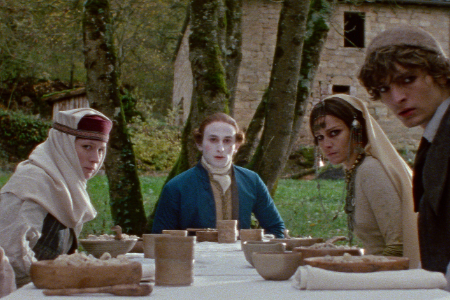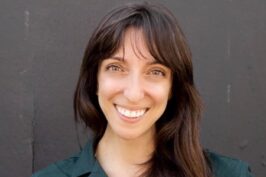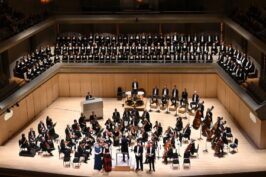For fellow cinephiles and gothic horror fans, Adrien Beau‘s The Vourdalak is a visual treat that left me curious about the filmmaker’s future work in the genre. This film, an adaptation of Aleksey Konstantinovich Tolstoy’s 1839 novella ‘La Famille du Vourdalak’, predates Bram Stoker’s ‘Dracula’ by over half a century and is a welcome addition to the vampire lore.
The movie starts in typical gothic fashion. We are introduced to the Marquis d’Urfé (Kacey Mottet Klein), a noble emissary of the King of France, who finds himself attacked and abandoned in a rural area. With a chilling air surrounding him, he seeks shelter at a small inn. However, he is refused lodging and is directed to find an old man named Gorcha who might be of some help.
As the Marquis reaches Gorcha’s isolated manor somewhere in the Balkan region, we meet the Gorcha family: the stubborn and rough Jegor (Gregoire Colin), his wife Anja (Claire Duburcq), their young son Vlad (Gabriel Pavie), Gorcha’s younger son Piotr (Vassili Schneider), and Gorcha’s enigmatic daughter Sdenka (Ariane Labed). The family’s reluctance to take the Marquis in is noticeable, and their behavior turns increasingly strange as they await the return of their father, Gorcha, who has gone off to battle the Turks and their leader Alibek.
Here’s where the story gets rather spooky. Gorcha has left a note stating that if he returns after six days, he may be a ‘Vourdalak,’ a vampire-like creature. The tension in the household builds until Gorcha’s ominous return that same night, transforming the family’s strange behavior into a full-fledged nightmare. The once-human patriarch is now an ‘undead’. Jegor, however, insists they treat him as their father, which quickly puts the entire family, and the Marquis, in serious danger.
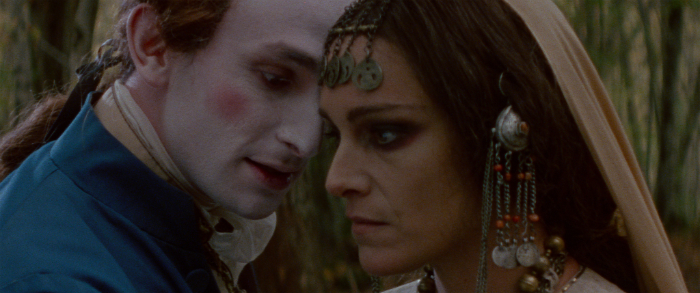
The Vourdalak premiered at the 80th Venice Film Festival and was shot in Super 16mm, giving it a timeless and textured quality. The score by Martin Le Nouvel and Maïa Xifaras, inspired by Nino Rota’s score for Fellini’s ‘Casanova’, adds another haunting layer that complements the film’s dark aesthetic quite well.
Cinematographer David Chizallet does great work with the visuals, making every frame a gothic almost look like a painting. The lush cinematography and great costume design evoke an eerie, otherworldly world. The choice of depicting Gorcha as the Vourdalak through what seemed like a mix of animatronics, stop-motion, or another form of monster-design was particularly interesting. It made me wonder about the stylistic choices, but in a way that enhanced the film’s uniqueness rather than taking away from it.
Director Adrien Beau, born in Paris in 1981, uses his rich background in performing arts and fashion to this, his first feature film. His previous work with John Galliano and Christian Dior, along with his short horror films ‘La Petite Sirene’ and ‘Les Condiments Irreguliers’, showcase his talent for visual storytelling.
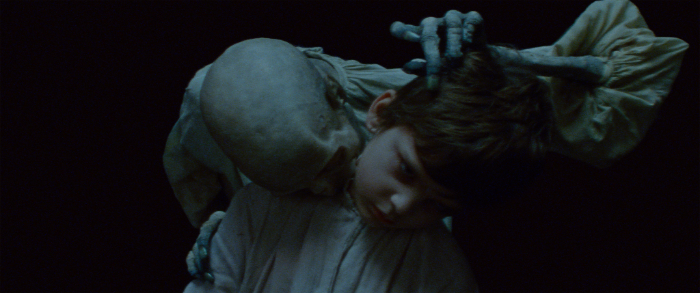
Some fun facts about the character of ‘the vourdalak’: Tolstoy’s novella inspired Mario Bava’s ‘I Wurdulak’, a segment of the 1963 film ‘Black Sabbath’ featuring Boris Karloff, as well as the 1972 Italian/Spanish film ‘The Night of the Devils’. I would say, Beau’s The Vourdalak complements these adaptations, bringing a new perspective into the gothic horror genre.
The Vourdalak is an atmospheric, sensorial experience that impressed me more than expected. It is a film that leaves us to question what really lies in the shadows.

